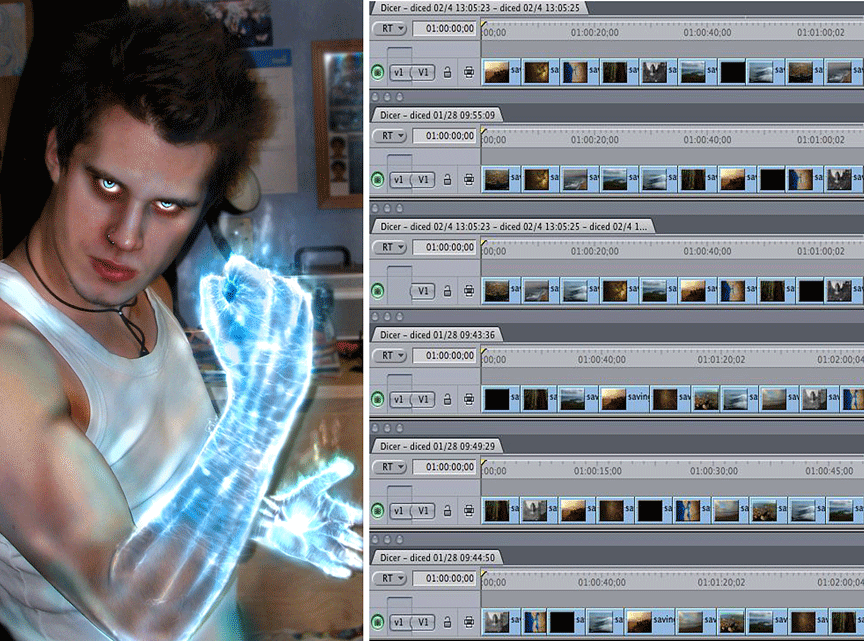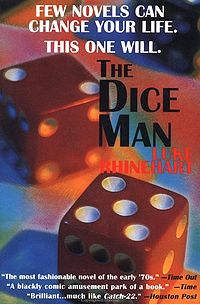 SYDNEY, AUSTRALIA, 1968. I’m editing The Change at Groote, a documentary about mining manganese on a tiny island off northern Australia. Big business wants the precious mineral on a remote island. The natives are unhappy. “They’re mining in one of the sacred areas,” says an aboriginal elder. Nothing the local aboriginals can do about it. Manganese is used for making steel. Let’s blow the island up. Sound familiar? Yes, it’s Avatar 42 years ago in 2D B&W. Except it’s real life. Kangaroos to the rescue?
SYDNEY, AUSTRALIA, 1968. I’m editing The Change at Groote, a documentary about mining manganese on a tiny island off northern Australia. Big business wants the precious mineral on a remote island. The natives are unhappy. “They’re mining in one of the sacred areas,” says an aboriginal elder. Nothing the local aboriginals can do about it. Manganese is used for making steel. Let’s blow the island up. Sound familiar? Yes, it’s Avatar 42 years ago in 2D B&W. Except it’s real life. Kangaroos to the rescue?
I have a ton of truck-passing and conveyor-belt shots. I want to demonstrate that the mining operation is 24/7. Maybe a 30-second musical montage…?
Here we go: Daytime shot, nighttime shot, wide shot, close-up, conveyor belt, headlights at night, aboriginal truck driver, etc.., etc. Boring. Boring.
I slave away. I’m cutting 16mm film, so, to make changes, I have to unpick the tape splices. Do it again. Night shot WS, night shot CU, day shot. Mundane. It’s not getting anywhere.
AWARD-WINNING EDITING. I unpick all the shots. Put them down flat on a clean tabletop. A jigsaw puzzle of short strips of film. Then in a moment of crazy inspiration, I mix them up. Both hands. Whiz. Whiz. Without looking, I join up the shots with tape splices. Amazing! It’s perfect! There are a couple of almost identical shots following each other. Normally, I would shave separated them. Yet, together, they reinforce the repetition of 24-hour mining. I’m shocked — the result is infinitely better than anything I could have done conventionally.
A few months later, the Australian Film Institute gives me the award for the Best Edited Film of the Year — not just for documentaries, for all films. It’s the Aussie Oscar for editing and I won it with my eyes wide shut.

Wait three years and Luke Rhinehart publishes The Dice Man, a book about a psychiatrist who makes life decisions based on the roll of a die.
 I didn’t use dice to cut Groote, but the idea is the same. Forget rational decisions — roll the dice and see what happens.
I didn’t use dice to cut Groote, but the idea is the same. Forget rational decisions — roll the dice and see what happens.
SAN FRANCISCO, CA, 2009. I’m cutting a piece for for WildCare, a non-profit that rescues injured birds and animals for release back into the wild. My client has picked the shots. We do an edit together. After she leaves, I look at the cut. It’s alright, just alright. Lacks something. Perhaps a different order? Maybe shorter shots? Perhaps more cute li’l critters? Here I go again.
I have hours and hours of critter rushes. Don’t think about it, just do it. Re-arrange the shots on the timeline. I try to do it without thinking. The computer workflow sort of works but my manual film shuffle of 40 years ago was far better.
I want an editing program that will shuffle shots just the way I used to do.
RAINER TO THE RESCUE. I had heard of Rainer Standke because of his “wiggle” program — curiously called, yes, Rainer’s Wiggle. (Where I come from, “wiggle” means only one thing.) I dig up his Web site. See, he’s a film-and-tape editor who has created lots of useful tools for Final Cut Pro.
I e-mail: Hi Rainer, here’s a crazy idea that you might like. I do a lot of montages…
He replies: That sounds like a fun idea! Thanks for asking me, it’s doable.
THE DICER. Two weeks later, he’s done it. As a test, I create a sequence of one-second shots. Click the “dice” icon and zap! A new sequence is created with re-arranged shots. Roll the dice again: another new arrangement. I can’t stop. Trouble is all the new timelines are just called DICER.
Hi Rainer, can you ID the new timelines? A few days, the next version arrives with each timeline dated.
Hi Rainer, I’d like to change the shot length. Another new version; now I can add or subtract frames. This is fun.
Now to try it out on a real job: A stylized motorcycle accident. Roll the dice. Nope. Roll it again. Again. Again. Yes! Much better!
I am The Dice Man (you can be too, after you download it from www.xmil.biz).
